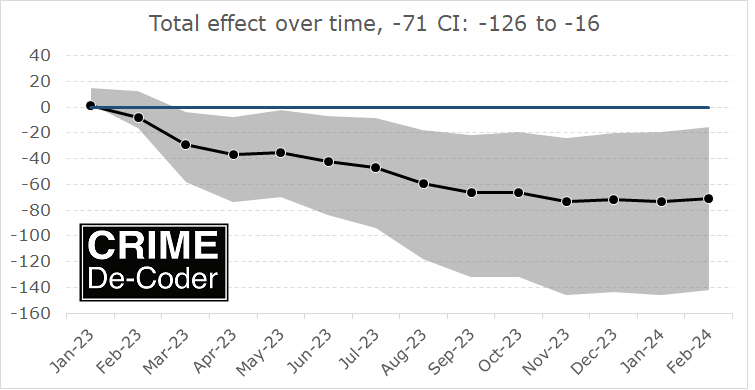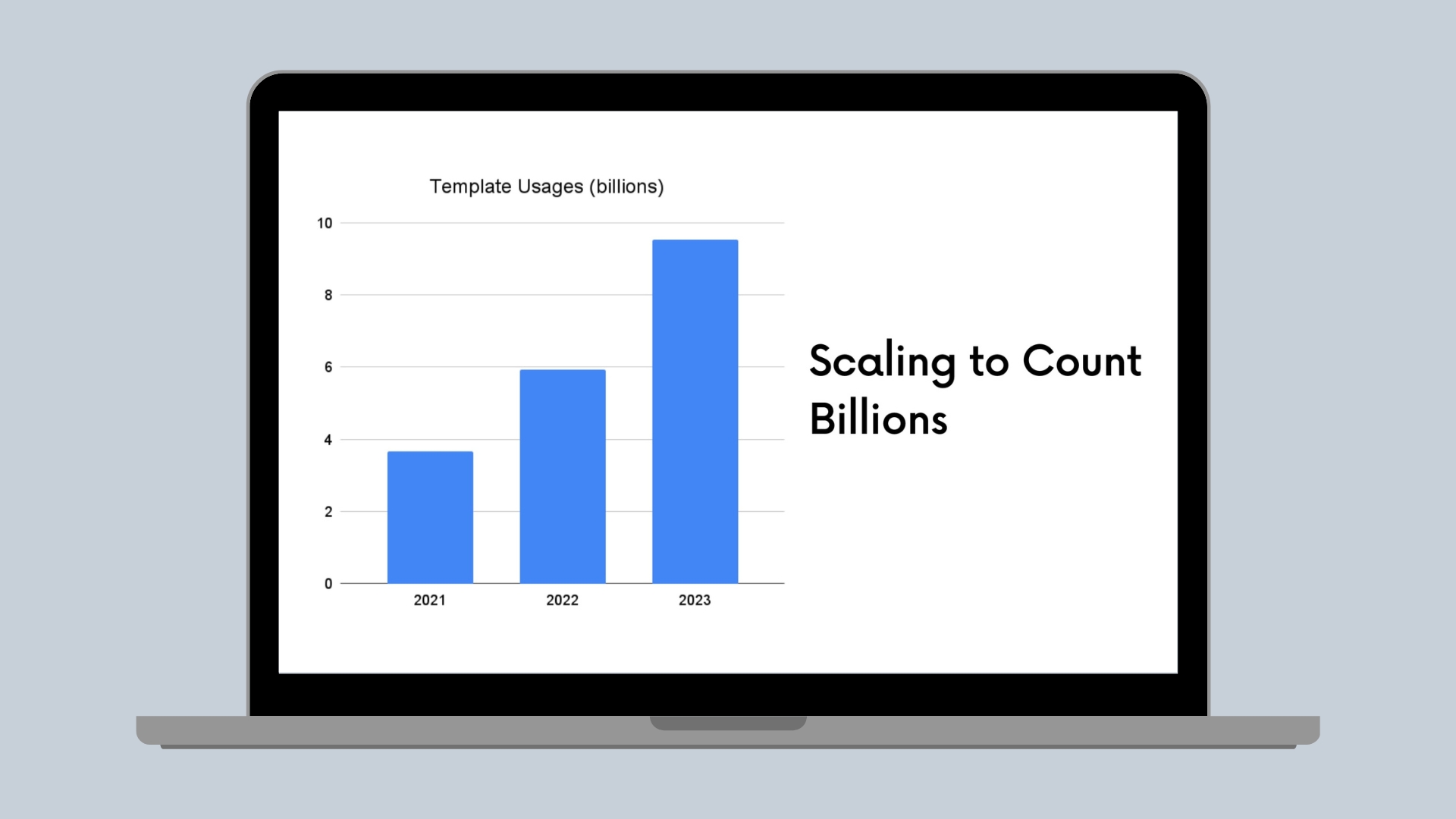Dismissing Olbers’ Paradox the right way
Olbers’ paradox states that given a static, inifinitely old universe with an infinite number of stars distributed in an infinitely large space our sky would be bright rather than dark.
The mainstream explanation of the paradox is that it requires both finite age of the universe and redshift due to the expansion of spacetime to be explained.
If the stars are no longer shining, then after an infinite number of years we should have an isotropic radiation soup corresponding to the energy density of the “initial” universe.
If you have b), then we can resolve the paradox with an infinite universe by having the radiation “recycled” and absorbed into new stars an infinite number of times.
If the distribution of stars is such that the density of stars decreases as the region increases then again we solved the paradox, since the universe can then be assigned a finite energy density, but we can regionally have extremely high energies. Incidentally this also seems to agree with observation.
Olbers’ paradox is based on the hidden assumptions of infinite energy density. Such an assumption will naturally lead to other absurd results.
























